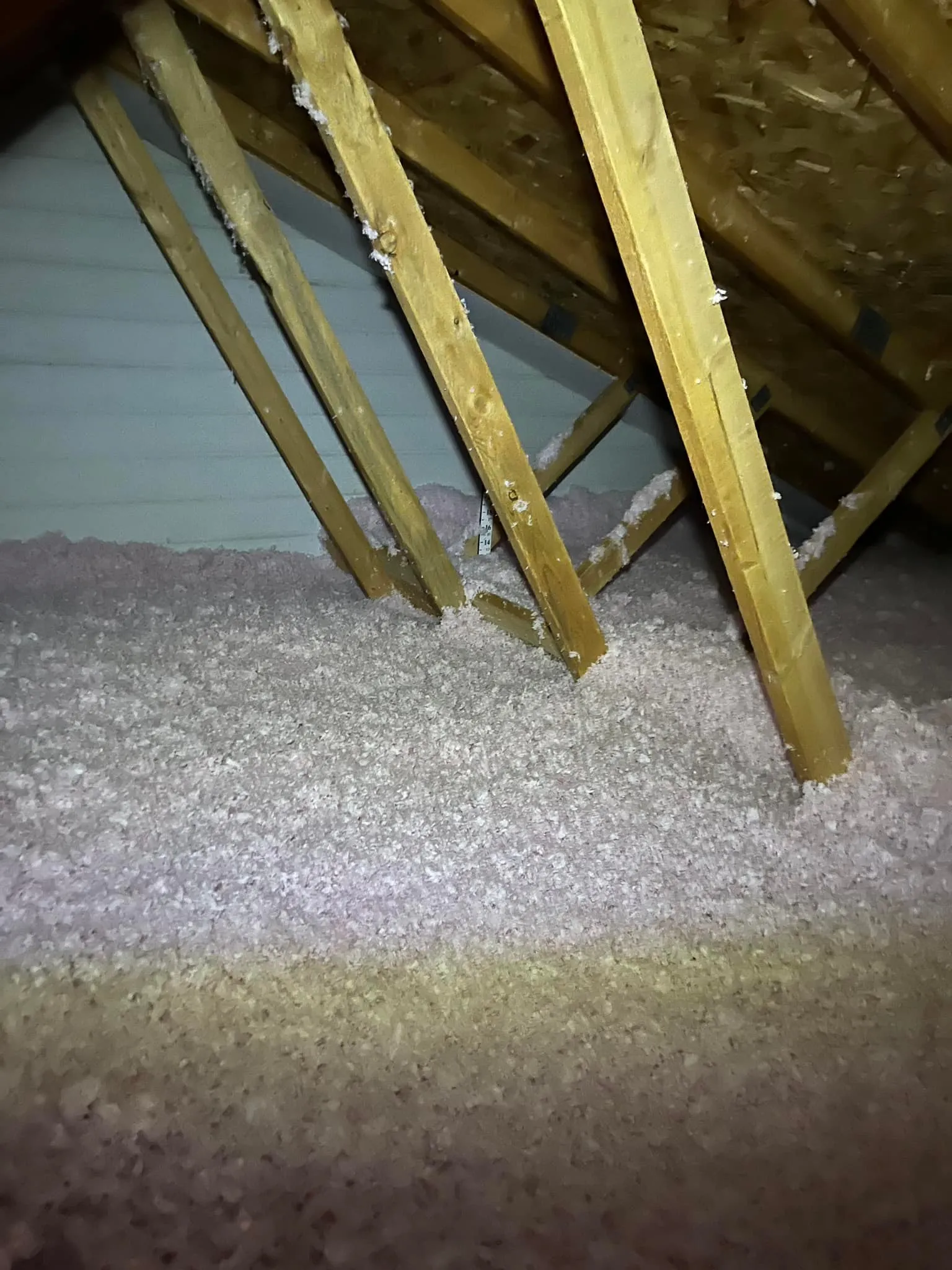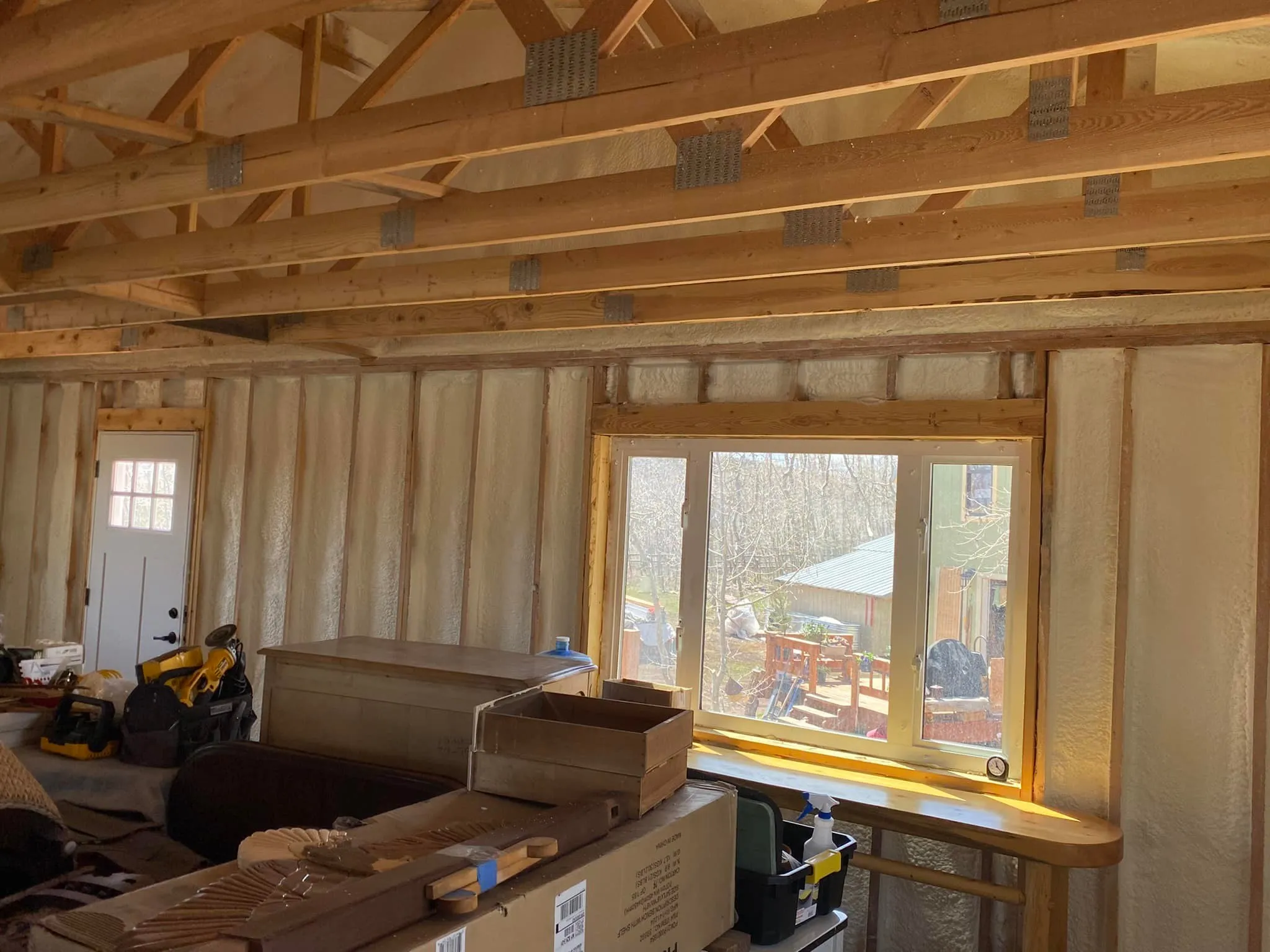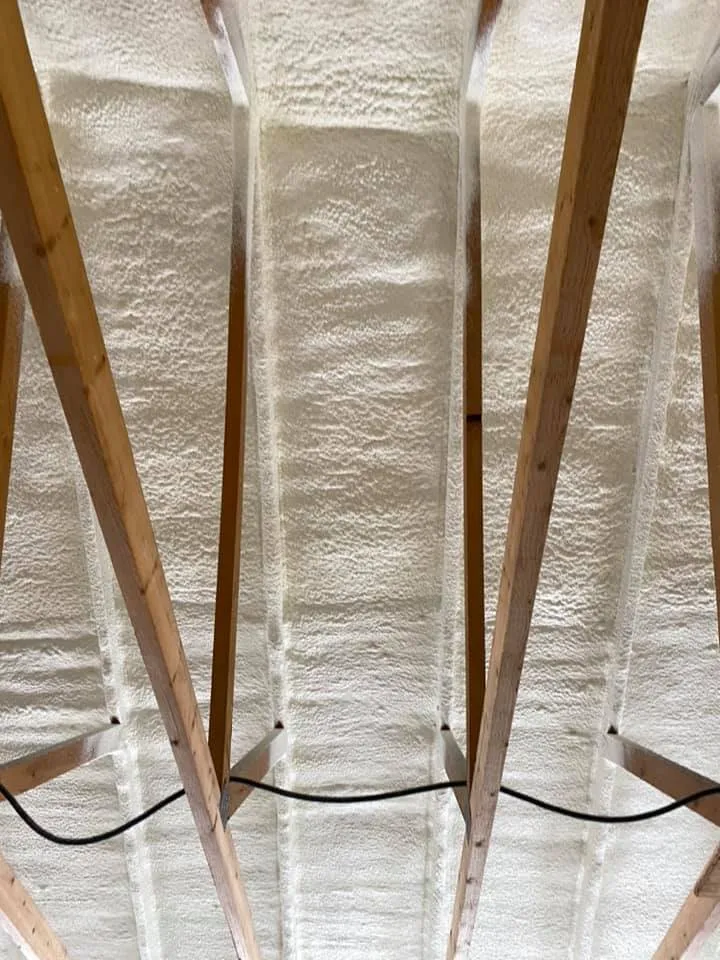
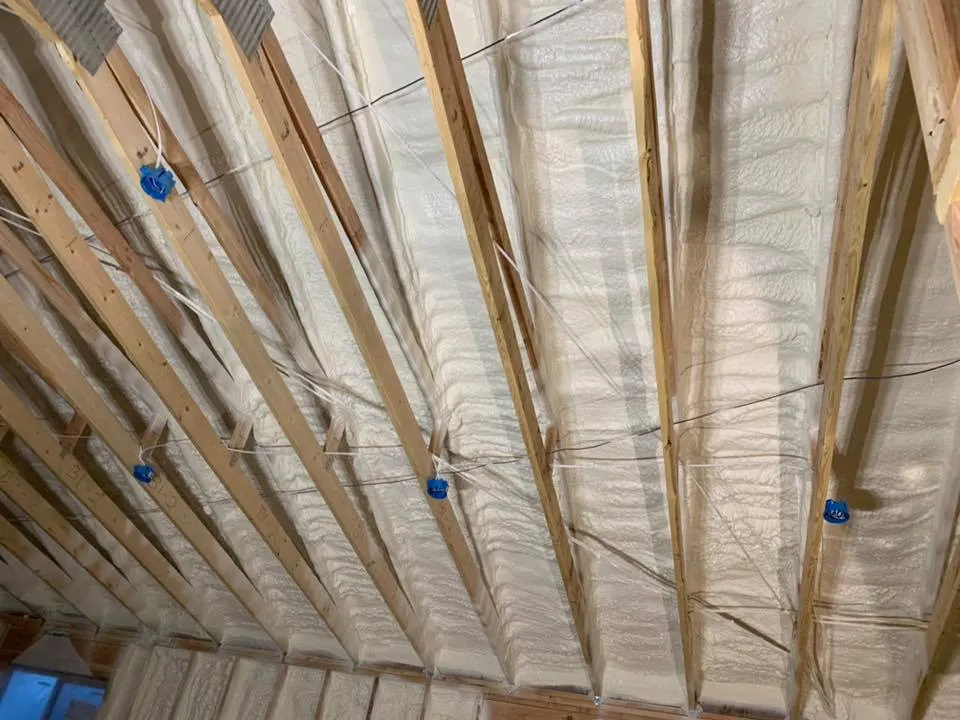
Old or contaminated insulation in homes poses serious health threats, mainly through exposure to materials like asbestos, mold, and fiberglass. These substances can release fibers or spores into the air, leading to respiratory problems, skin irritation, and long-term conditions such as lung diseases. Homeowners face heightened risks due to humid climates, which accelerate mold growth in damp attics and walls. To mitigate these dangers, immediate inspection and removal of suspect insulation can prevent these issues from worsening.
This article breaks down the key risks, factors, and steps to address them. Readers gain practical knowledge to spot problems early and protect family health. Information draws from extensive fieldwork assessing insulation in homes, where patterns of contamination show up often in structures built before 1980.
Homes often contain insulation installed decades ago, especially in older neighborhoods. Asbestos appeared in insulation until the late 1970s, mixed into materials for fire resistance. Vermiculite insulation, sometimes laced with asbestos, filled attics in many mid-century builds. Fiberglass batts, while common today, degrade over time and release irritating particles. Cellulose insulation, made from recycled paper, absorbs moisture easily and breeds mold if not treated properly.
A quick way to identify potential issues involves checking for dusty, crumbly materials in attics or walls. In warm, wet summers, untreated cellulose turns into a breeding ground for fungi. Bonus tip: Look for a musty odor during rainy seasons; it signals moisture trapped in insulation, a common precursor to contamination.
| Insulation Type | Common Era | Primary Health Concern | Local Factor |
|---|---|---|---|
| Asbestos-based | Pre-1980 | Lung cancer, asbestosis | High humidity speeds fiber release |
| Vermiculite | 1950s-1980s | Asbestos exposure | Often found in older ranch homes |
| Fiberglass | 1970s+ | Skin/respiratory irritation | Dust buildup in poorly ventilated attics |
| Cellulose | 1980s+ | Mold growth | Moisture from heavy rains |
Breathing in asbestos fibers irritates lungs and leads to scarring over time. Workers and residents exposed for years develop mesothelioma, a rare cancer linked directly to this material. The Environmental Protection Agency reports thousands of annual deaths from asbestos-related diseases nationwide, with older homes contributing heavily.
Mold thrives in contaminated insulation, releasing spores that trigger allergies and asthma attacks. In humid areas, black mold like Stachybotrys grows fast on wet materials. Exposure causes coughing, eye irritation, and worsened conditions for those with weakened immune systems. A study from the Centers for Disease Control and Prevention notes that indoor mold affects 20% of U.S. homes, raising respiratory illness rates by up to 40% in damp environments.
Fiberglass particles cause immediate itching on skin and eyes, but repeated inhalation leads to chronic bronchitis-like symptoms. Market data shows that 60% of U.S. homes built before 1980 contain some form of potentially hazardous insulation, according to the U.S. Department of Housing and Urban Development. This figure climbs due to slower renovation rates in rural areas.
These exposures pose particular dangers to vulnerable groups such as children and the elderly. Bonus tip: Monitor them for unexplained wheezing after spending time in attics or basements.
Humid, rainy regions surrounded by vegetation are prone to water damage and high indoor humidity. Older homes built during the post-WWII boom often used asbestos without modern safeguards. Storms and roof leaks allow water to soak insulation and create hidden mold pockets.
Local building codes updated in the 1990s now ban asbestos, but legacy materials persist. According to Arkansas Department of Health data, indoor air quality complaints have risen in many aging housing areas, tied to deteriorating materials. Hot summers bake attics, causing insulation to break down faster and release contaminants.
Practical insight from inspections reveals that crawl spaces under older homes often hide contaminated insulation, worsened by poor drainage. Addressing these spots first cuts overall exposure risks.
Assess the home’s age first; structures over 40 years old likely have outdated materials. Factor in family health history, especially allergies or lung issues, which amplify risks. Budget for professional testing, as DIY kits miss subtle contamination levels.
Weigh the cost of inaction: Health bills from chronic exposure often exceed removal expenses. Local contractors familiar with humidity challenges can recommend ventilation upgrades alongside removal. Consider long-term home value; safe insulation appeals to buyers in any market.
Think about seasonal timing. Tackle inspections in dry months to avoid spreading mold spores during wet weather.
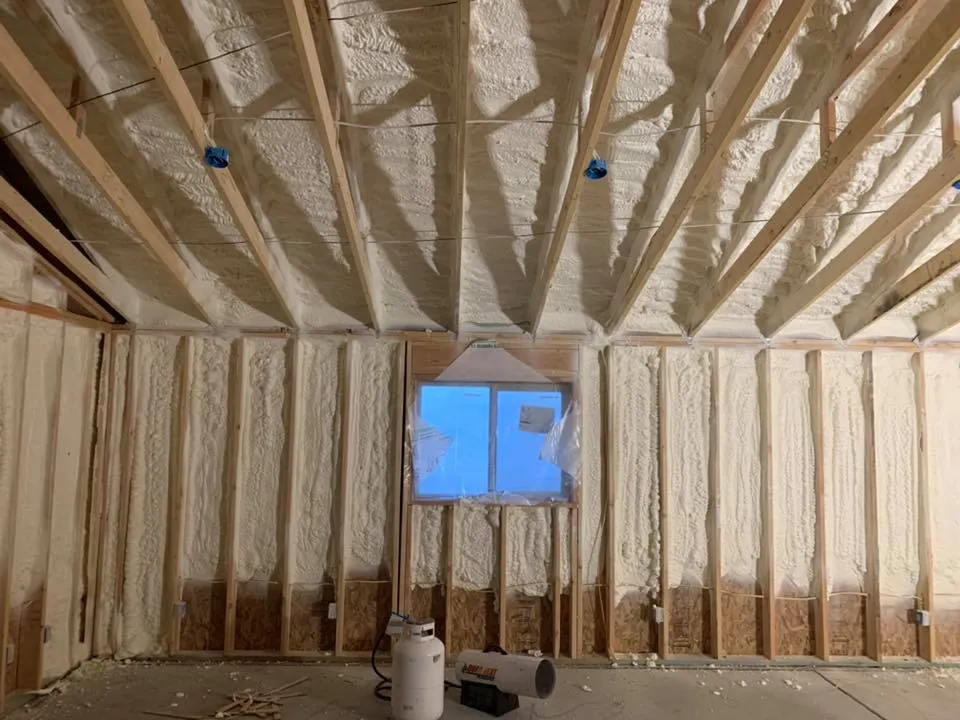
Homeowners frequently ask about symptoms of exposure. Watch for persistent coughs, fatigue, or rashes after handling insulation.
Another query involves safe temporary fixes. Seal off affected areas with plastic sheeting until pros arrive, but avoid disturbing materials yourself.
Many wonder about insurance coverage. Policies often handle mold remediation if tied to covered perils like leaks, but asbestos requires specialized handling.
Bonus tip: Document everything with photos to support claims.
Visual checks help, but lab tests confirm. Send samples to certified labs; results come back in days. Older homes from the mid-20th century often have it.
Yes, spores travel through HVAC systems. Clean ducts after removal to stop further spread. High humidity makes containment tricky.
Spray foam or mineral wool work well in humid areas. They resist moisture and don’t harbor mold. Choose products rated for your climate.
Every 5-10 years in older homes, or after water damage. Annual attic checks catch issues early in variable weather conditions.
EPA offers grants for low-income households. Local health departments provide free advice on abatement.
Old insulation carries real dangers from asbestos, mold, and fibers, hitting respiratory health hardest. Humidity and storm patterns worsen these problems. Regular checks and prompt action safeguard against long-term effects. Evaluate each home based on its build date, moisture exposure, and occupant needs to decide on next steps. Match solutions to specific goals for lasting protection.
Schedule an assessment to identify risks in attics or walls. High Country Solutions offers guidance on safe practices, reachable at [email protected] or (307) 248-9063. Start with a walkthrough to pinpoint issues tied to moisture or ventilation. This approach ensures thorough coverage without unnecessary steps. Contact details above help connect with experienced advice tailored to individual conditions.

